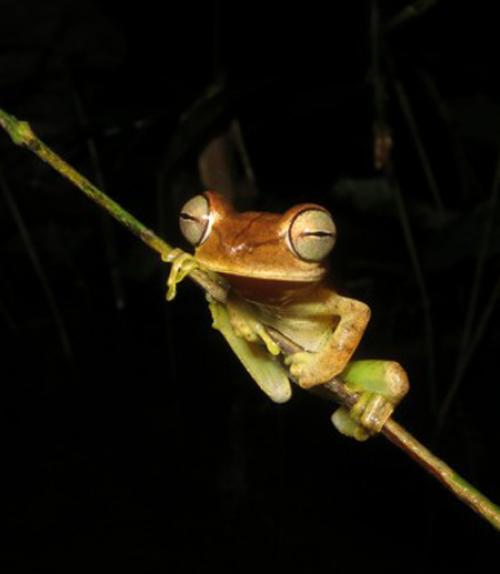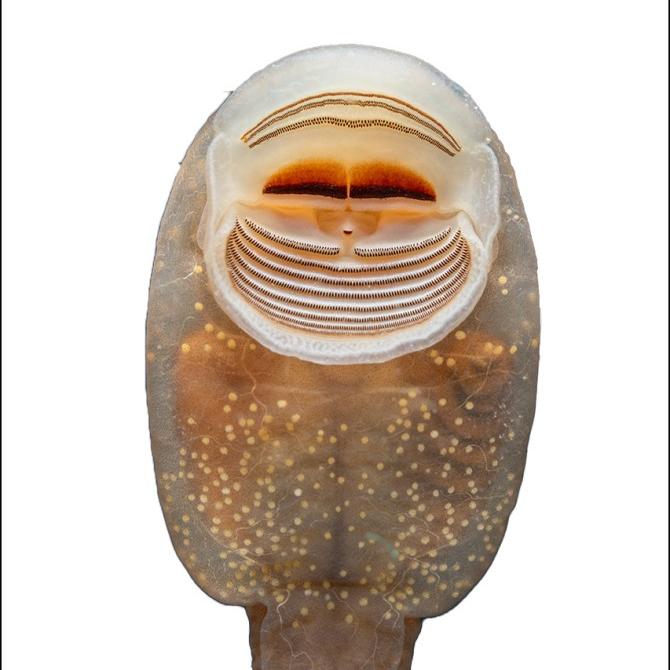
 Department Homepage
Department Homepage
Study: Fungal disease decimates amphibians worldwide
A fungal disease that afflicts amphibians has led to the greatest loss of biodiversity ever recorded due to a disease.




